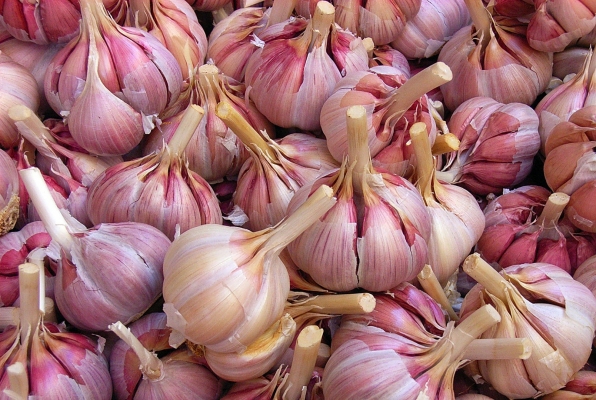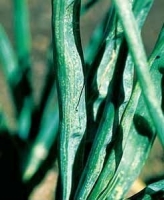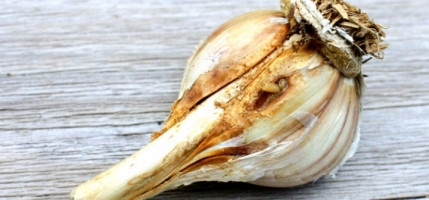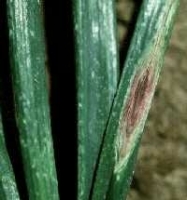General Information
Garlic is a native of Southern Europe and a popular bulb crop cultivated throughout Asia. It is used as spice in many dishes. It has excellent medicinal properties. It is rich source of Protein, Phosphorus, Potassium etc. It helps in digestion; also it reduces cholesterol in human blood. Major Garlic producing states are Madhya Pradesh, Gujarat, Rajasthan, Orissa, Uttar Pradesh, Maharashtra, Punjab and Haryana.














